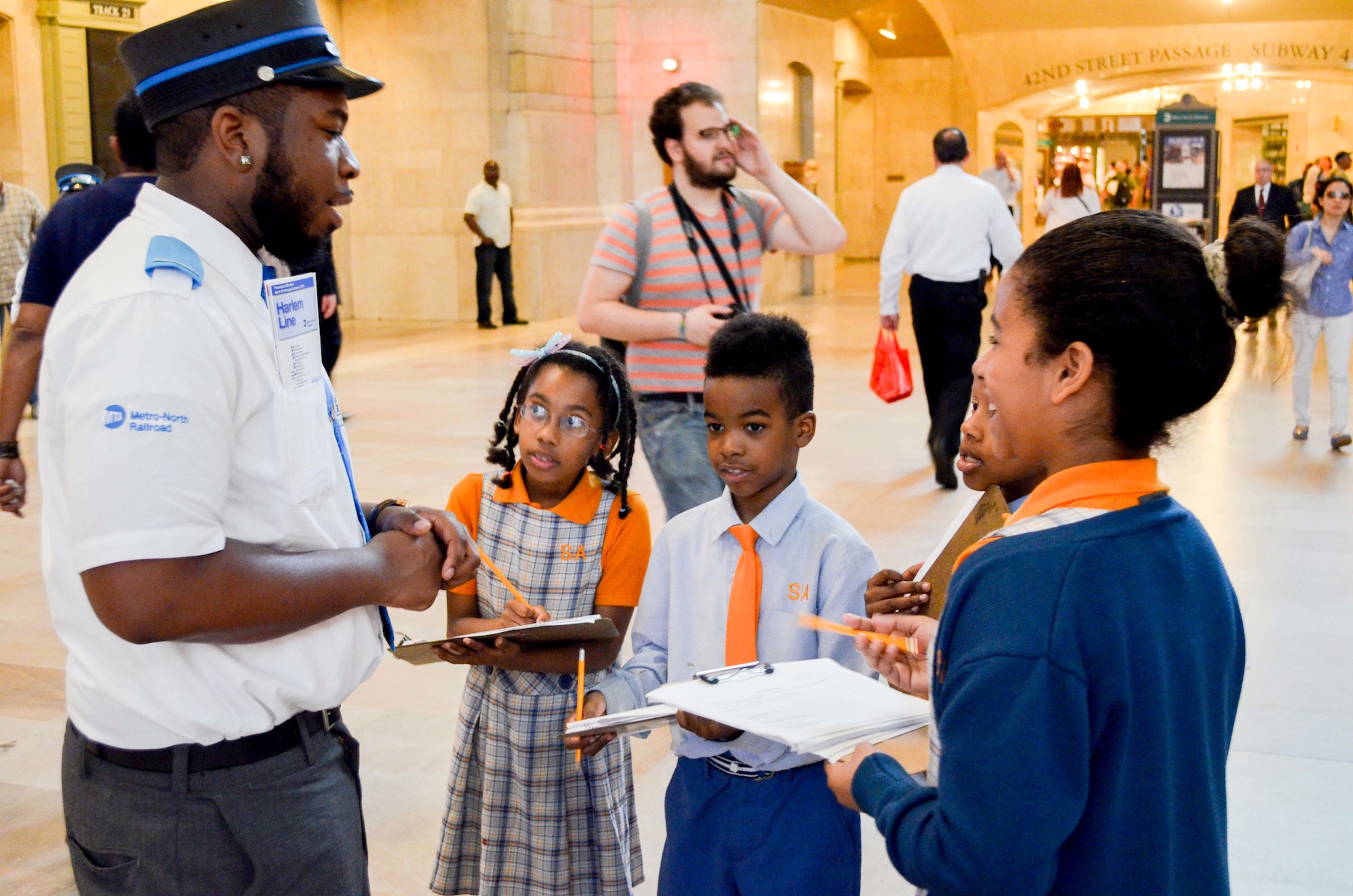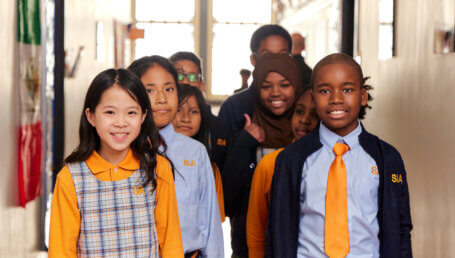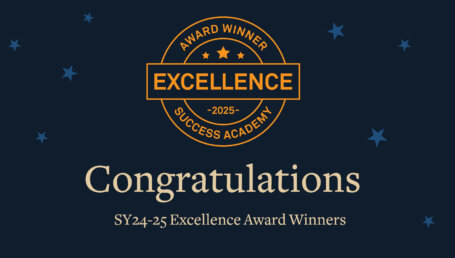
Can you keep a secret? Are you sure? Come a little closer and I’ll tell you a secret about Grand Central Terminal.
The third grade scholars watched me closely, unsure whether there really was a secret or if I was going to tell a terrible joke – as I sometimes do. But after examining the colors and constellations in the magnificent ceiling above them, they discovered that Grand Central really does have a secret: The mural is backward. The painting is the reverse of how the night sky would look if you stood outside.
Our Project Based Learning unit about the history of the New York City subway system brought us to Grand Central. The scholars had studied how the subway system was conceived in the late 19th century as an extension of the railroads that still travel in and out of Grand Central every day; they had learned about the subsequent technological and structural developments that propelled the subway system forward to meet the needs of a growing city.
The trip brought alive read-aloud books and shared text passages, as the tracks, signs, hallways, and trains we had read about and discussed in class surrounded us. Scholars were able to see how trains arrived and departed only from the north side of Grand Central because when the station was originally built, 42nd Street marked the city limit and people wanted to keep the train tracks outside the city. As Manhattan developed northward, those opinions and the look of Grand Central changed; the tracks were covered over and Park Avenue took shape.
Exploring the Main Concourse of this grand building, scholars also had the opportunity to speak with commuters about the use of mass transit in their daily lives. In small groups, the scholars approached people and asked to interview them. They were surprised that many people ignored their requests or declined to be interviewed, apologetically explaining that they needed to catch a train. People who did stop were asked where they were coming from; where they were going; how many trains they took that day; why they chose to travel by train; and what they liked and disliked about taking the subway. The scholars even interviewed a train conductor who had to take three trains to get to work!
Through the interviews, some patterns emerged from the information the students collected. One scholar noticed that the first few people interviewed took only one train to get where they were going, but later, they found people who had to take three or four trains to get to work. While commuters disliked the dirty, noisy subway, almost every interviewee chose to take the subway anyway because it was the most efficient method of transportation available.
As a teacher, my aim during a trip is to not only reinforce the knowledge scholars gain in the classroom, but to help them come away with an understanding of how the experience fits into their lives. Few of my scholars had ever been to Grand Central Terminal, and all were amazed by this beautiful and functional building. By exploring the Whispering Gallery outside the Oyster Bar – where the columns and arches transmit even the smallest sounds all the way across the room – and examining the different types of marble used to decorate the floors, walls, and trim, scholars learned how impressive Grand Central is. And the interviews they conducted with passing commuters not only reinforced the value of our transit system, but boosted their confidence in their ability to gain knowledge from various sources. More importantly, our trip to Grand Central Terminal – as all good class trips do – sparked a curiosity inside the scholars that stayed with them after the trip was over. Personally, having the opportunity to open children’s eyes to the amazing world around them is one of the most rewarding aspects of my job.










